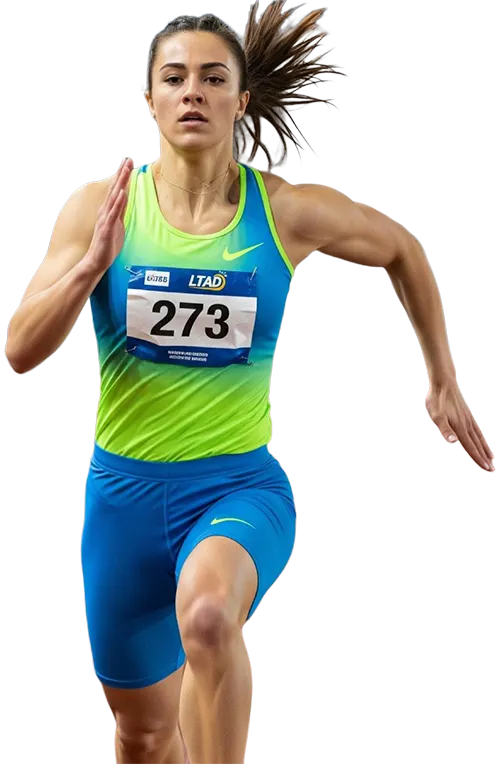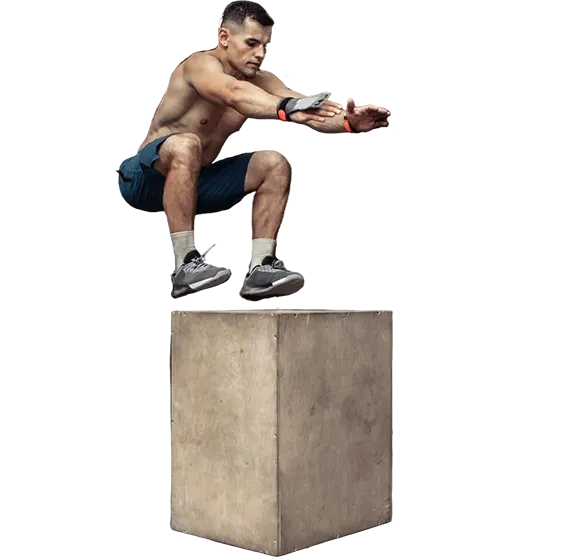Long-Term Athlete Development (LTAD)
Health & Togetherness

LTAD is a planned way to guide athletes through their entire journey, from being a young child to an elite performer, and then to staying active for life. It’s designed to help athletes reach their full potential while also encouraging them to stay involved in sports and physical activity for a lifetime. This model makes sure athletes are trained based on their biological age (how developed their body is), not just their actual age in years.
LTAD Stages: The 7 – Stages Model
The LTAD model is typically divided into seven progressive stages, though variations exist across countries and organizations.
• Goal: Learn to move through fun and play
• Focus: Basic movements skills – running, jumping, balancing, throwing
• Key Principle: Develop physical literacy in a non-competitive, enjoyable environment
• Focus: Basic movements skills – running, jumping, balancing, throwing
• Key Principle: Develop physical literacy in a non-competitive, enjoyable environment
• Goal: Build fundamental movement and motor skills
• Focus: Agility, Balance, coordination, speed (ABCs)
• Activities: Unstructured play, games, multi-sport exposure
• No sport-specific training yet
• Focus: Agility, Balance, coordination, speed (ABCs)
• Activities: Unstructured play, games, multi-sport exposure
• No sport-specific training yet
• Goal: Learn foundational sport skills
• Focus: Skill development over competition
• Training: Introduce simple tactics and techniques in various sports
• Emphasis: Repetition, skill accuracy, fun
• Focus: Skill development over competition
• Training: Introduce simple tactics and techniques in various sports
• Emphasis: Repetition, skill accuracy, fun
• Goal: Build an aerobic base, strength, and sport-specific skills
• Focus: Serious commitment to training with proper recovery
• Window of Trainability: Endurance, strength, and speed
• Periodization: Begins in earnest here
• Focus: Serious commitment to training with proper recovery
• Window of Trainability: Endurance, strength, and speed
• Periodization: Begins in earnest here
• Goal: Optimize performance in one sport
• Focus: High-intensity training, position-specific skills
• Competition: Regular participation in high-level events
• Support: Integrated support team (IST) involvement begins
• Focus: High-intensity training, position-specific skills
• Competition: Regular participation in high-level events
• Support: Integrated support team (IST) involvement begins
• Goal: Maximize performance at the elite level
• Focus: Precision, Peak conditioning, advanced strategies
• Lifestyle: professional approach- nutrition, psychology, recovery
• All elements: technical, tactical, physical, mental-are individualized
• Focus: Precision, Peak conditioning, advanced strategies
• Lifestyle: professional approach- nutrition, psychology, recovery
• All elements: technical, tactical, physical, mental-are individualized
• Goal: Maintain physical activity and sport engagement
• Focus: Transition athletes to recreational sport or other roles (coaching, officiating)
• Prevent Burnout: A positive experience throughout LTAD encourages lifelong activity
• Focus: Transition athletes to recreational sport or other roles (coaching, officiating)
• Prevent Burnout: A positive experience throughout LTAD encourages lifelong activity

Benefits of LTAD
- Reduces injury risks through age-appropriate training
- Improves athlete retention by avoiding early burnout
- Promotes lifelong health and fitness
- Enhances performance outcomes by targeting optimal development windows
- Encourages holistic development (mental, physical, social)
LTAD and Coaching
Coaches play a critical role in implementing LTAD principles:
Adapt training: to developmental stage, not just performance level.
Prioritize skill development over winning in younger athletes
Foster psychological safety and enjoyment
Promote multi-sport engagement: in early stages
Monitor growth and maturation: to adjust training loads

LTAD isn’t just about talent—it’s about timing, structure, and progression.
From Fundamentals to High Performance.
